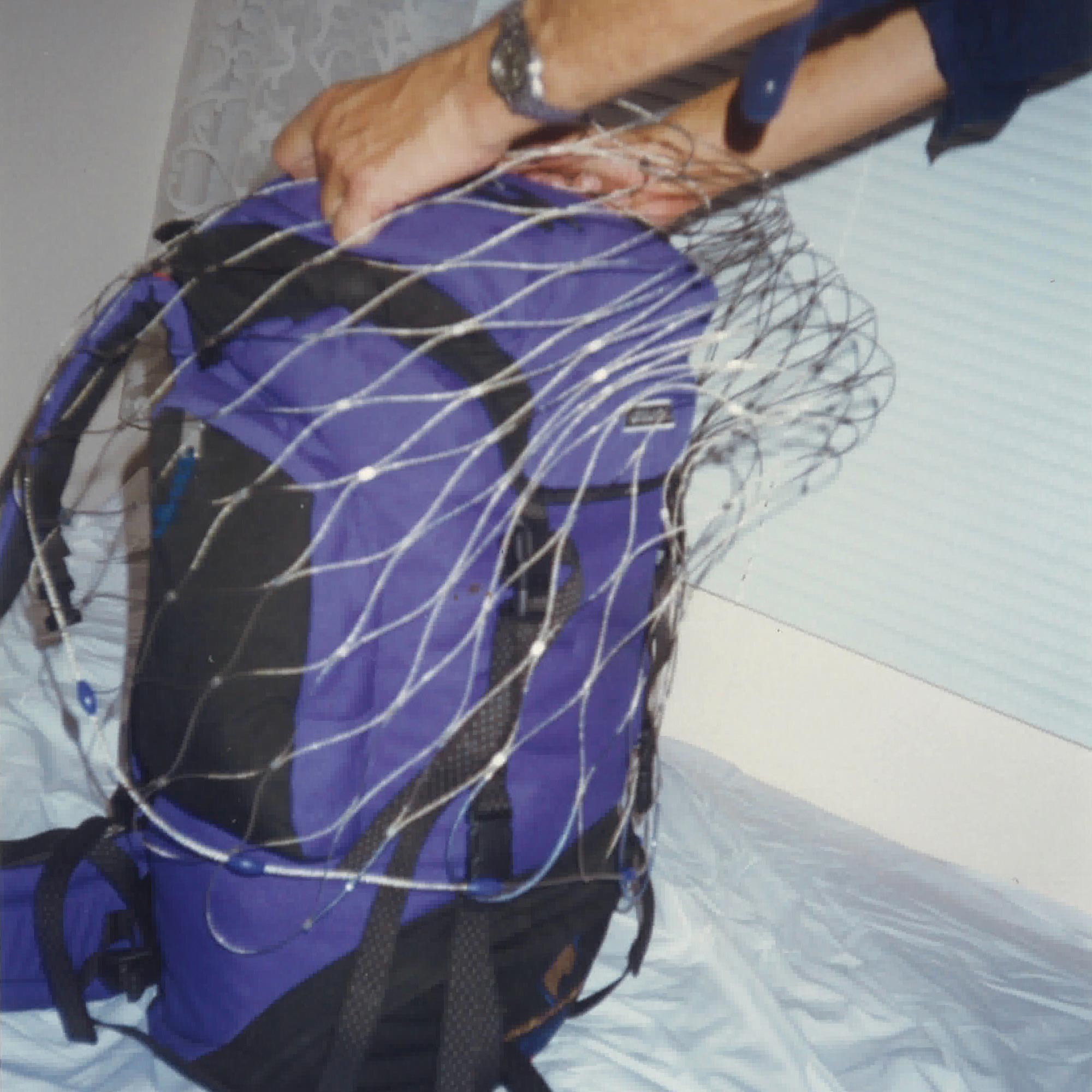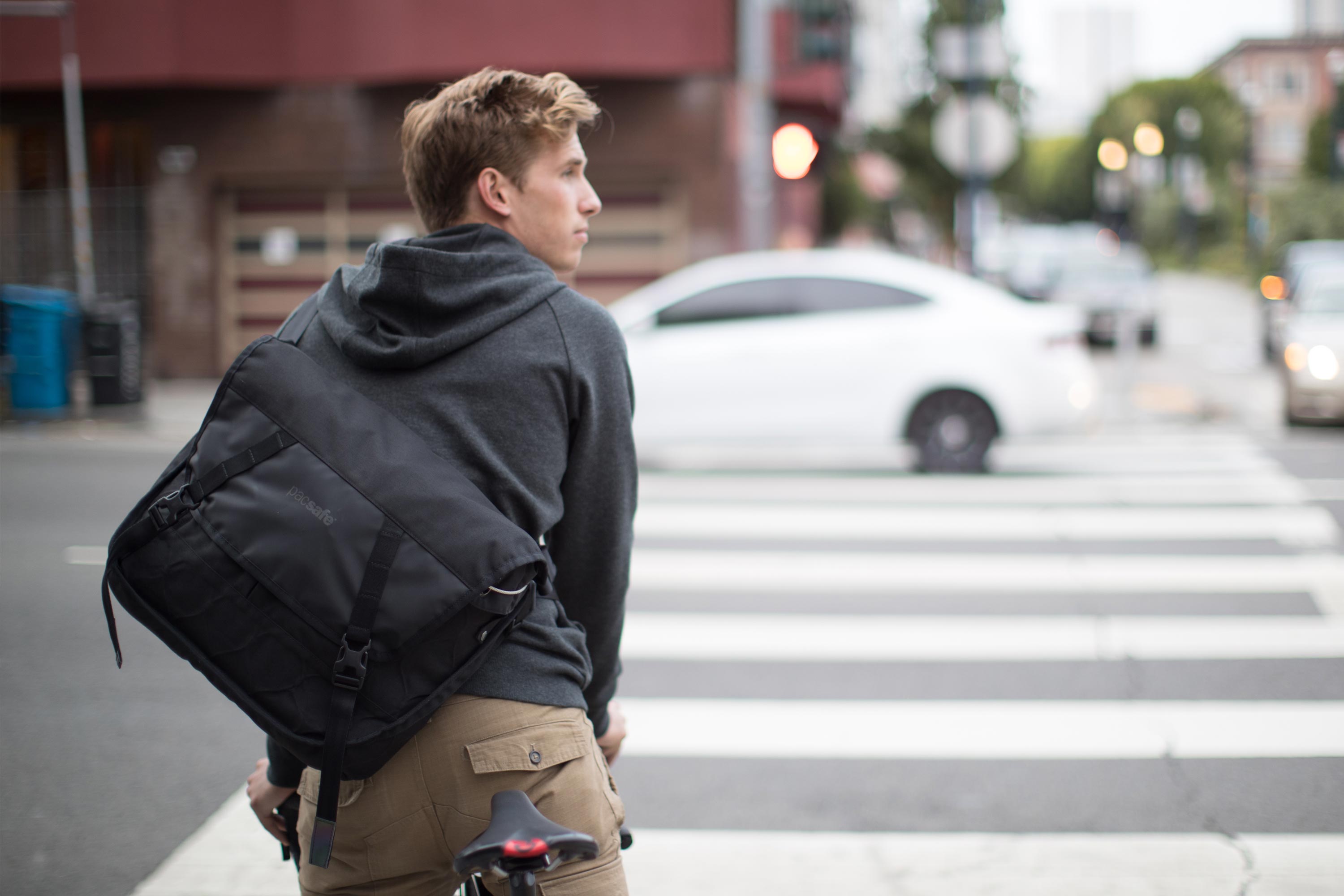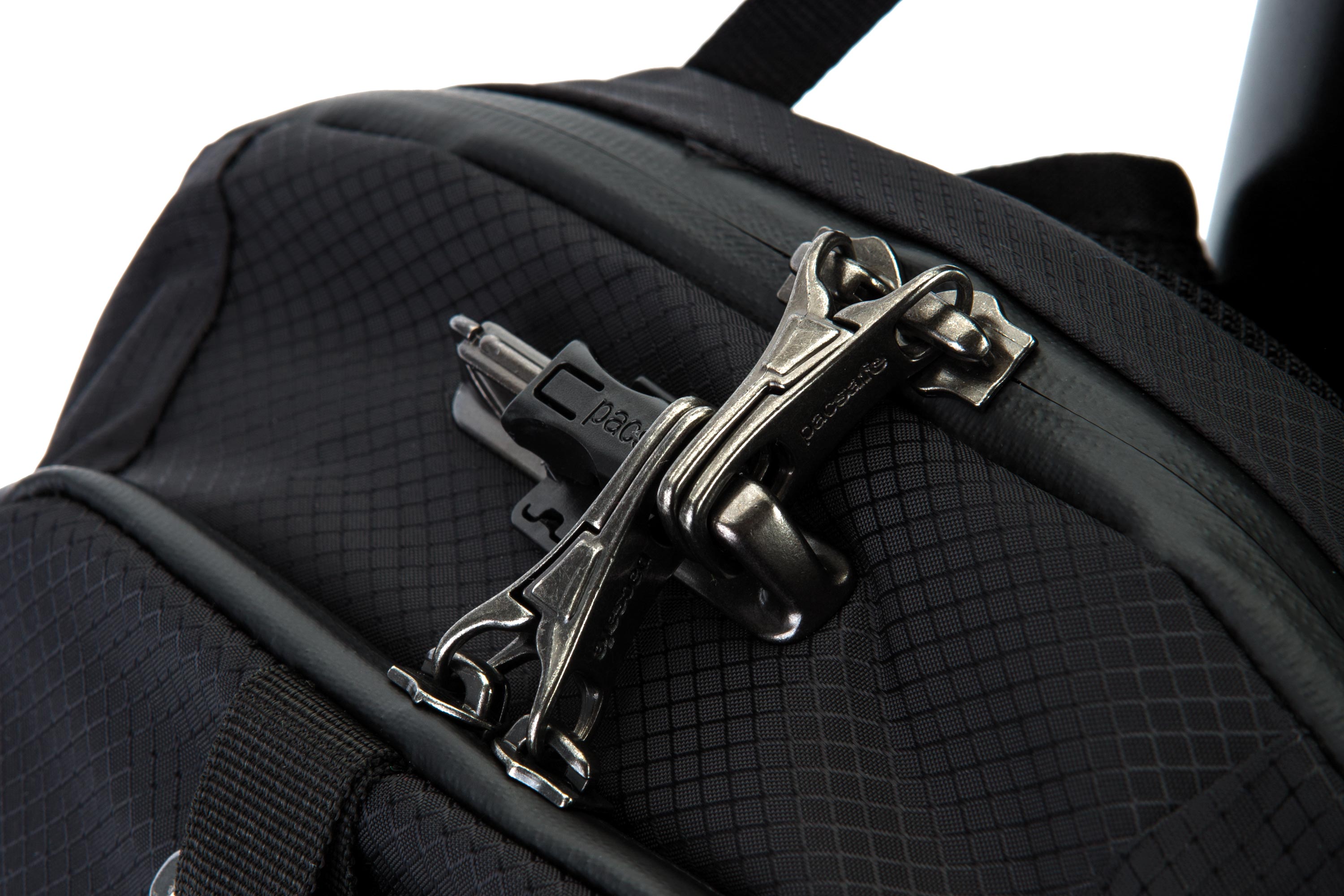Click to sign up for 10% off your first order. | Free Shipping to US & Canada for orders over USD 49. T&Cs apply
Click to sign up for 10% off your first order. | Free Shipping to US & Canada for orders over USD 49. T&Cs apply
July 09, 2018 4 min read
Designing To Solve Problems – With Rob Schlipper

Pacsafe co-founder Rob Schlipper has been designing anti-theft travel solutions for 20 years now. As the brand’s original engineer, he has built products from the ground up, built a team to further innovate his solutions and troubleshot endless design issues along the way. It all began after traveling on a train in Morocco as a backpacker. Rob was forced to ‘sleep’ on top of his bag to protect it from thieves. In his own words: “It was a pretty dodgy train ride. I knew there had to be a better way.”
That better way came years later when he fleshed out a few ideas for business ventures – including a travel bag that protected your gear. Originally meant to be a bag with wire mesh on the inside, the idea evolved to become a lockable net that could fit around any bag. A key insight of this early design was to connect the wires together with clips in parallel, rather than just crisscrossing the threads like you would on a normal net.

“That type of construction helps with the structure and springiness for the net to fit around the bag,” explains Rob. “Because the whole net is under tension once expanded, the more you pull it apart, the more structure it gets. That also makes it more versatile. Travel packs are short and wide but hiking packs are long and narrow, which suits the design because the longer you stretch it the narrower it becomes.”
After refining his original design some more, including adding slots to slide a wide backpacking harness through, plus balancing the wire weight to be strong yet light, Rob was ready to show the invention to his would-be business partner, Magnus McGlashan.
“When I gave the prototype to Magnus he was like ‘but this is just a net with holes’. He couldn’t fit it to the bag and I questioned whether he was the right guy for the business,” Rob laughs. “That actually helped a lot. We realized you have to make things intuitive and easy to use. So, we added tags that pointed out the opening for a waist harness and signaled at the top to show which way it went.”

Those early learnings served Rob well as Pacsafe grew and he began designing more solutions around anti-theft security. Being an avid adventurer, testing his own designs and having a wide circle of people for feedback, also helped with further breakthrough products.
“As travelers, it was a fairly obvious to us the journey of what needed to be protected. We knew people who’d had their bags slashed, or straps slashed. We knew people who had had things pilfered from their zippers being opened. We were designing for that really. Over time that also evolved into the bags being used in urban environments.”

Knowing the users of the bags intimately and testing the product himself also helped Rob pinpoint small design details that others might not have thought about. For example, an early innovation of Pacsafe’s was to create bag straps that can loop and lock around immovable objects, to anchor the user’s gear if they want to leave it. Initially, on the backpack version, the clip was at the bottom of the bag, which made it fiddly to unlock on the go. So, Rob and the team developed the ‘Pop N Lock’ clip, which sits at the top of the shoulder strap and is easier to click in and out. There are countless examples similar to this, like how the brand evolved from using multiple zip clips, to developing a sturdier, single lockdown point that you slide all of your zip pullers onto at once. This makes things both easier to use and more secure. After two decades, these sorts of interactions, insights and challenges continue to pop up for Rob and his team. It’s a constant learning process, where testing, adjusting and retesting is the only sure path to innovation.

When asked about what his advice would be for other designers starting out, looking to solve problems of their own, Rob gives a good summary of things to consider.
“First, really, really understand the customer’s problem. Understand their decision-making process for adoption, so that when you have your solution, you’ve created it in a way that makes it easy to buy and use. Second, write up a very detailed brief of the desired objective, outcome and performance of the product and what testing protocols will ensure you’re meeting all that. Testing is key. Without it, you won’t pick up those little things that make a big difference. Knowing price points you want to hit is very helpful too, because you don’t want to design something that’s 10 dollars that should be 80 cents. Finally, perception is often more important than function. Does it need to look technical, or refined? That informs your design language when you go to make it. Communication in every area is so important. People need to be able to understand what it’s for and how to use it. The easier you make that, the more likely they will be to pick it up.”

Of course, Rob has had the benefit of experience to know all of these lessons first hand. If his advice can make your journey a little bit easier, then by all means take what you can. And if you’re not a designer, your everyday journeys can still be that little bit easier, thanks to the peace of mind Rob and the Pacsafe team’s anti-theft innovations bring.
To learn more about the patented technology behind Pacsafe’s bags, accessories, and apparel,head here for a full rundown.


Tim Hawken is an Australian writer who enjoys surfing, Indian food and romantic midnight strolls to the beer fridge. He has clocked up visits to 23 countries on 5 continents (and counting). Find out more about his weird world by heading tohis website, or following him onInstagram andTwitter.
April 07, 2025 5 min read
Be the first to know about upcoming sales and promos. Get a 10% discount coupon when you subscribe!
Be the first to know about Pacsafe
product releases, news and content.